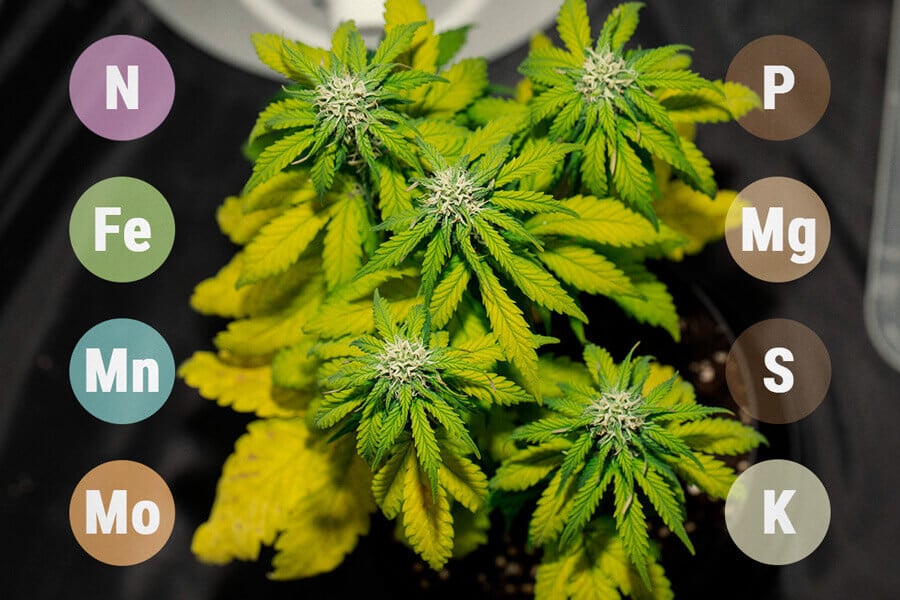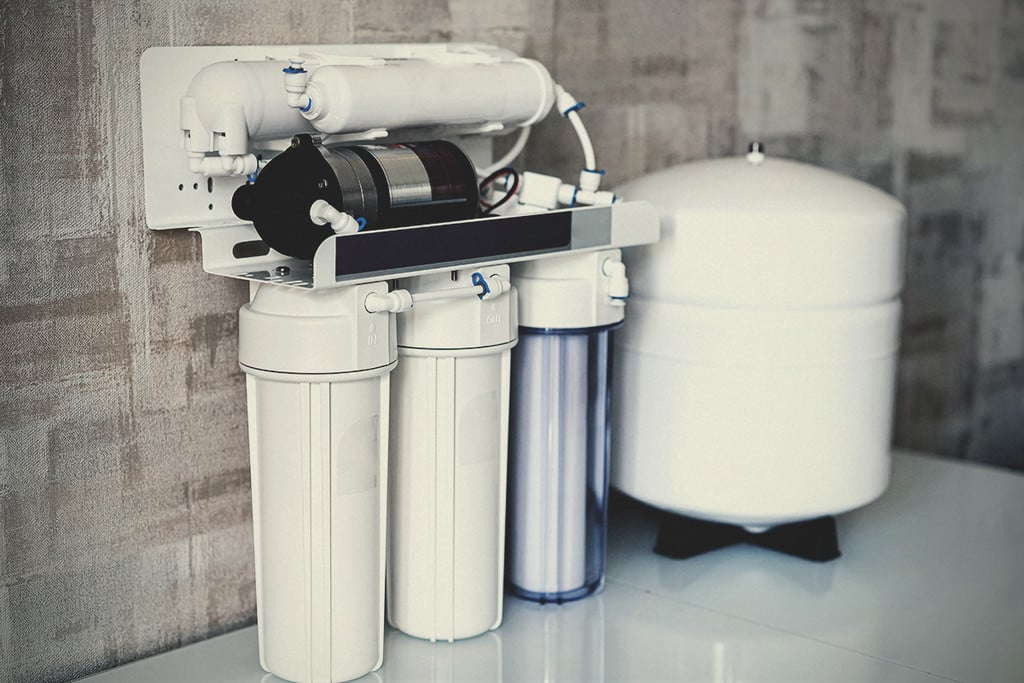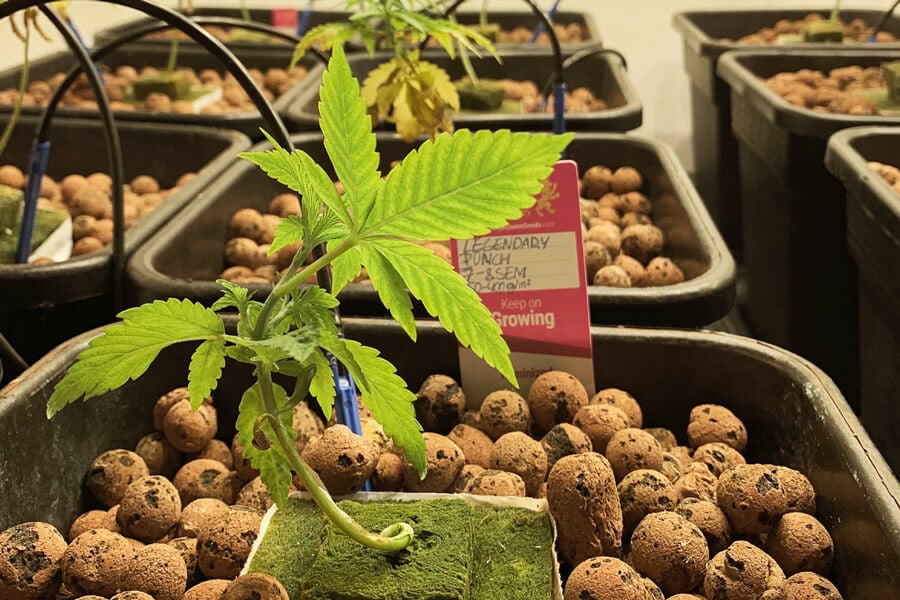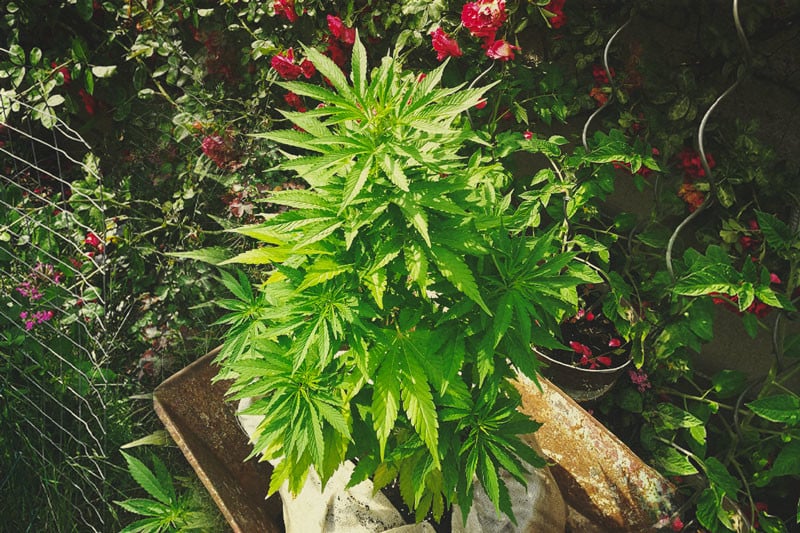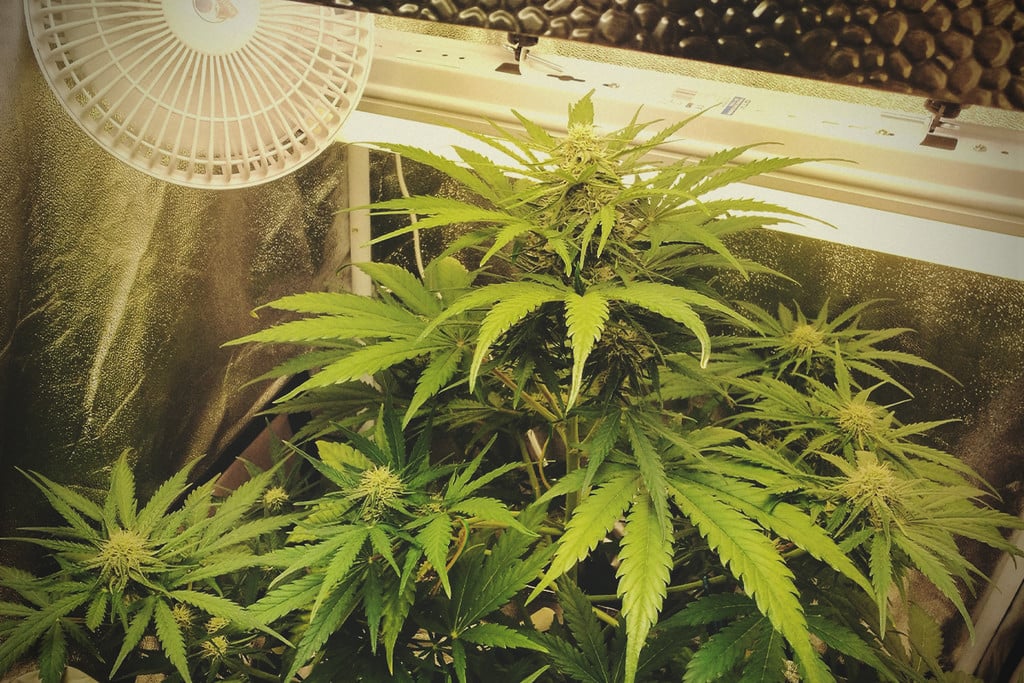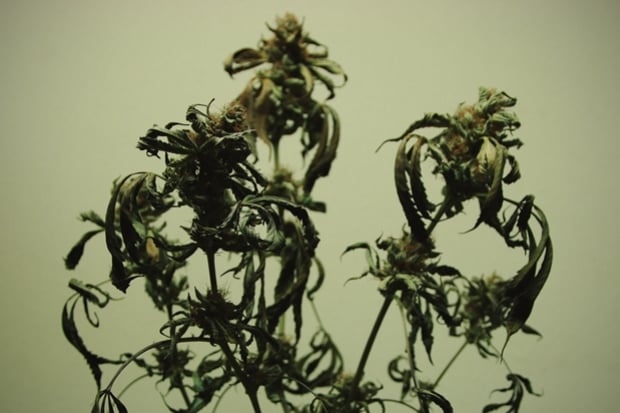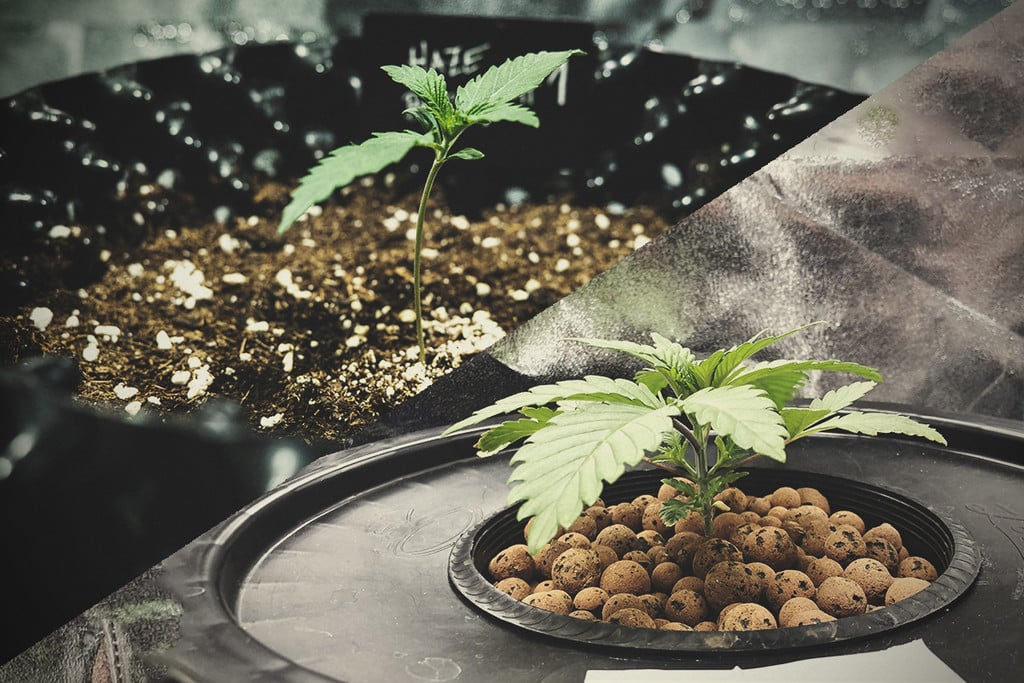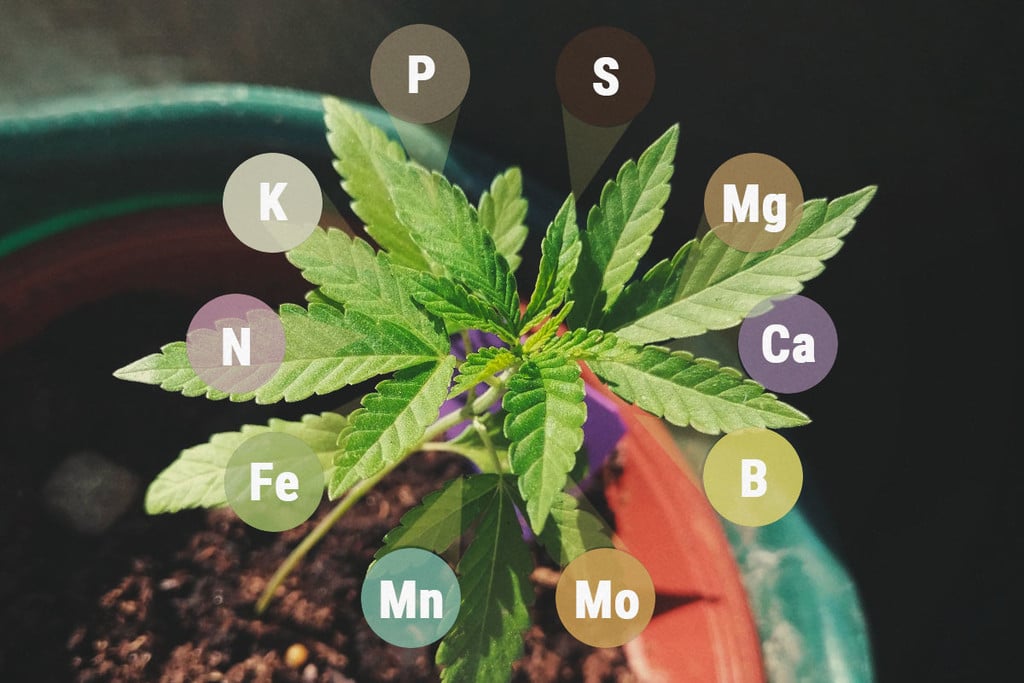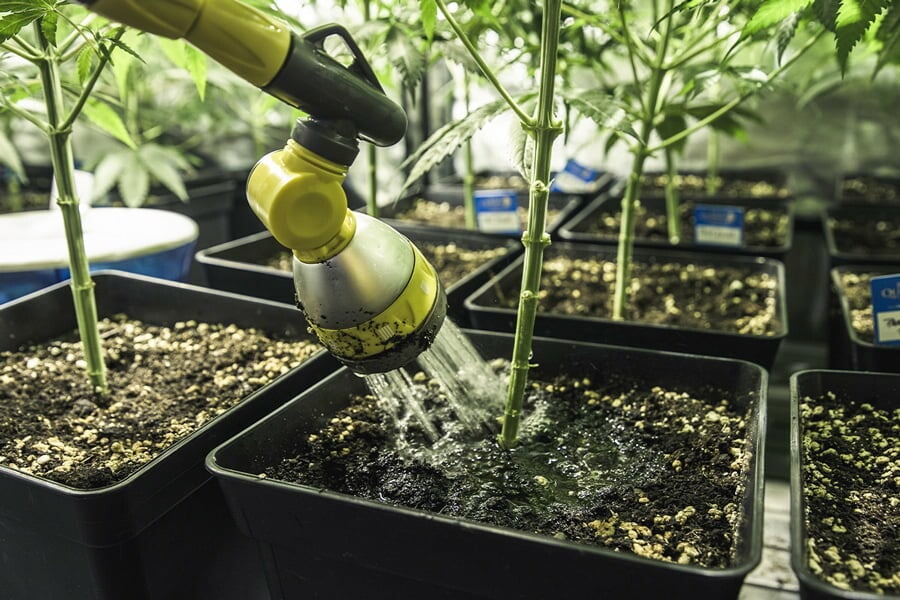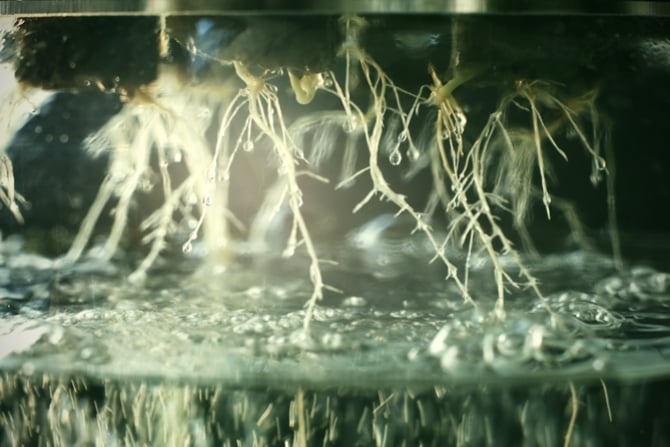.
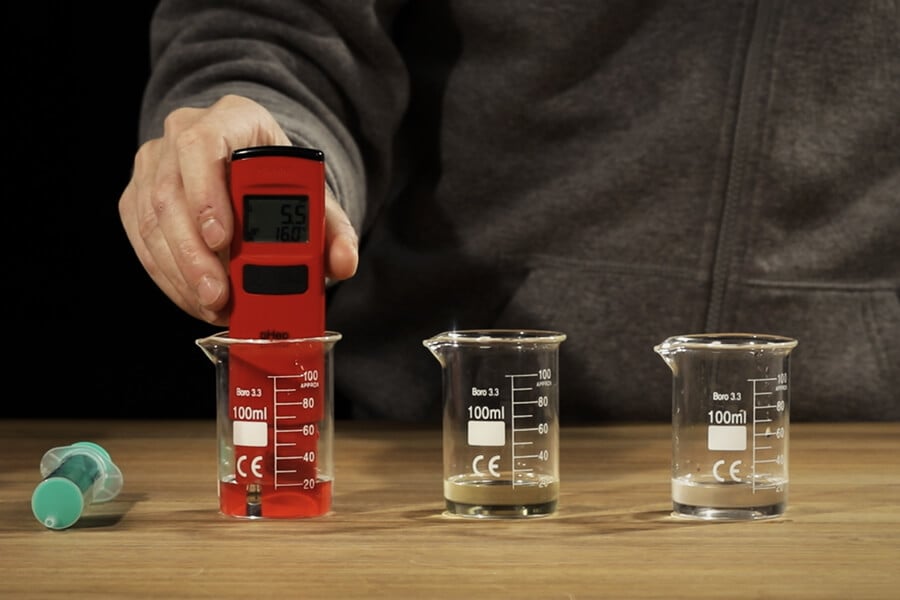
How To Use And Calibrate Your Cannabis pH Meter
Making sure your plants are growing in the optimal environment is a crucial step to achieving optimal bud yield. This starts with maintaining proper pH levels. By correctly using and calibrating a pH meter, you can help set your plants up for success throughout every stage of growth.
Growing cannabis is an art form; but first, it is a science. Your growing babies need exactly the right environment to flourish. This starts with the right chemical composition of both the soil and water that surrounds them.
Because of soil contaminants and chemicals added to water for public safety, the basic bedrocks of your cannafarming might not be quite right. Cannabis is very sensitive to such disturbances in composition. As a result, you will have to use pH meters to determine if your growing environment is appropriate. Furthermore, you will continue to test the plant throughout its stages of growth.
The pH level is what you are testing. pH affects a plant’s ability to transport its own nutrients and carbohydrates. Cannabis thrives at a pH of around 6.5 (more on that later). Your job is to keep your grow medium and water within a desirable range.
WHY POOR SOIL AND WATER PH CAN AFFECT YOUR PLANTS
Soil and water pH variations can stress the plant. Simple.
And even if your soil pH is on-point, but your water pH is off, the whole operation will be derailed. Water is absorbed into a growing plant, travelling up the stem into the leaves. Here, it evaporates. Water is exchanged for carbon dioxide, where CO₂ works with light to create vital sugars for the plant to grow.
This is the process of photosynthesis.
However, if your soil and/or water is the wrong pH, photosynthesis will be less efficient. This equates to less-than-optimal plant growth and performance. For the cultivator, it also means lower quantities of harvestable bud.
The other important piece to consider is that growing without soil requires a different pH. Therefore, your pH meter will have to be adjusted. Ideal soil pH ranges between 6.0 and 7.0. Using alternative grow mediums (like coco) or hydroponics will change the desired range to 5.5-6.5.
That is why learning to use and calibrate a pH meter is so critical.
Download our Pro Growing Guide for exact pH/PPM benchmarks, soil-mix recipes, and practical troubleshooting tips to keep your grow on track.
Free Advanced
Growing Guide!
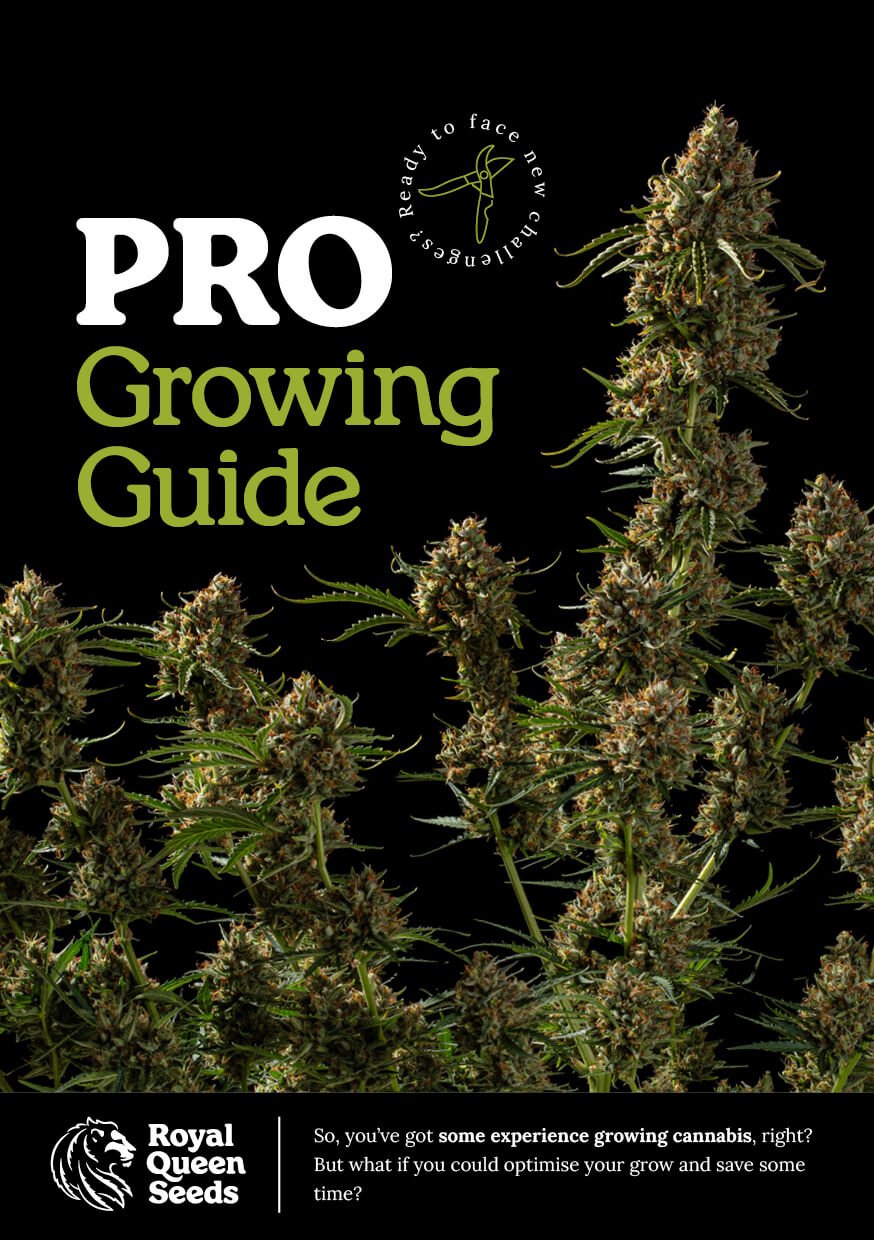
USING A PH METER
The quickest way to ensure your soil and water is the correct pH is to use a meter. And most are easy to use. Just swirl them around in the water or stick them in the soil you want to test. The problem is that they often become uncalibrated. You will have to recalibrate your meter frequently.
Here are a few basics on how to calibrate your device. Depending on whether you are using a “pen” or a manual probe, the calibration instructions will be slightly different. Essentially, you are making sure that your device reads the surrounding pH range properly.
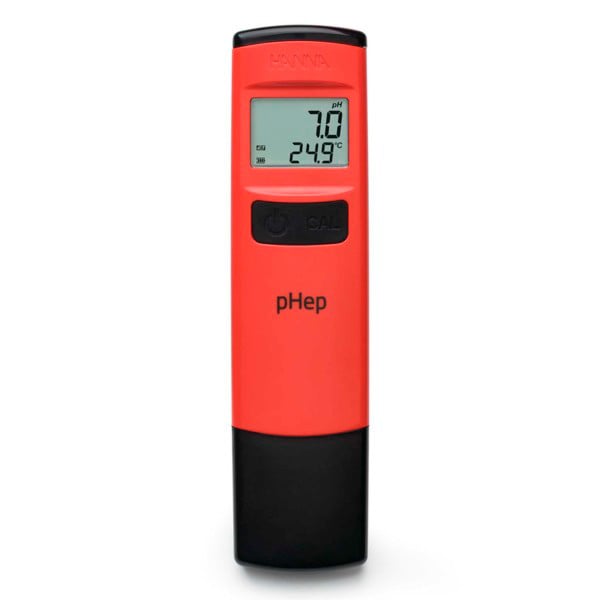
The HI-98107 pHep pH tester provides fast and accurate pH readings. The easy-to-use device is designed for non-technical users, and can help both novice and advanced growers measure water pH.
Buy PH Tester
HI-98107 pHep pH tester provides fast and accurate pH readings. The easy-to-use device is designed for non-technical users, and can help both novice and advanced growers measure water pH.
- Read the instructions of the device you are using. This first, most important step, is the main reason that pH testers “fail.”
- Calibrate frequently.
- Use gloves at all times when testing and calibrating. Your body chemistry can affect readings.
- Pour a small amount of calibration solution into separate containers. This solution can either be bought commercially or you can use a substance with a known pH. Commercial solutions will include a range of pH tests. For example, a calibration kit might include a 4pH, 7pH, and a 10pH solution.
- Clean the probe and always use fresh calibration solution.
- Submerge the probe into the first pH solution to calibrate.
- Clean the probe after the first solution and test two more times.
- With a calibrated meter, now stick the test probe into the medium or water you are testing.
- Read the meter.
- Adjust the pH accordingly if out of range.
OTHER TIPS
There are a few tried and true rules for making sure your calibrations are accurate.
- Use the right pH buffers. pH meters work best when calibrated slightly above and below the range you want to test for.
- Learn what can quickly adjust the chemical composition up and down. For example, adding garden lime can make water and soil more alkaline. White vinegar can make both more acidic.
- Flush your plants with corrected water if out of pH range. This will also help correct the pH of the soil itself.
- Sanitary conditions when testing are critical. Always use fresh buffer test liquid. Your meter must also be clean. Contamination of either will affect readings.
- Proper storage is essential. All pH meters contain a pH electrode, which is very sensitive. If it is damaged, it will not give you an accurate reading.


























